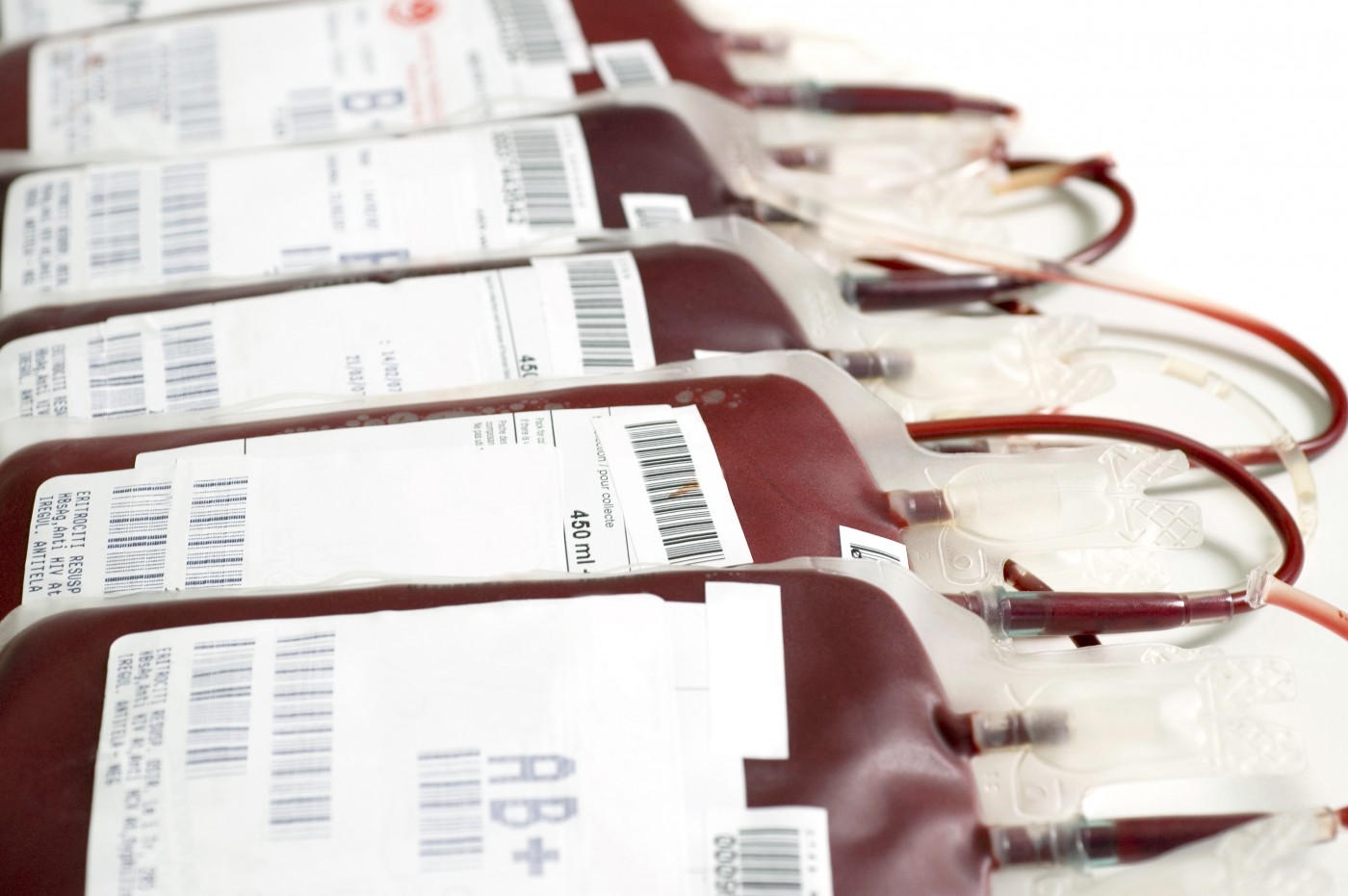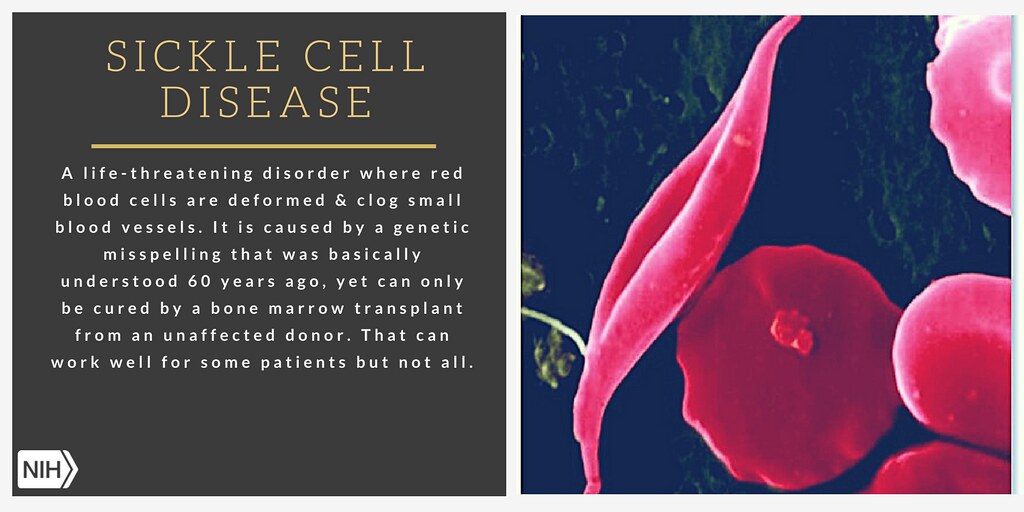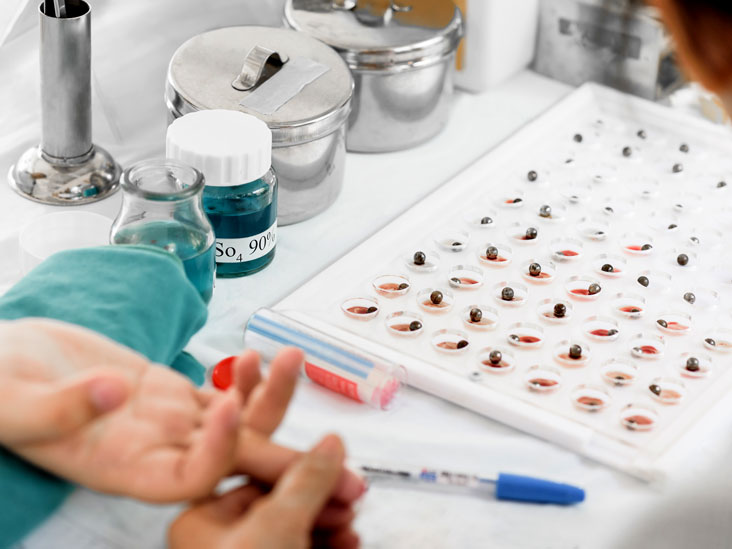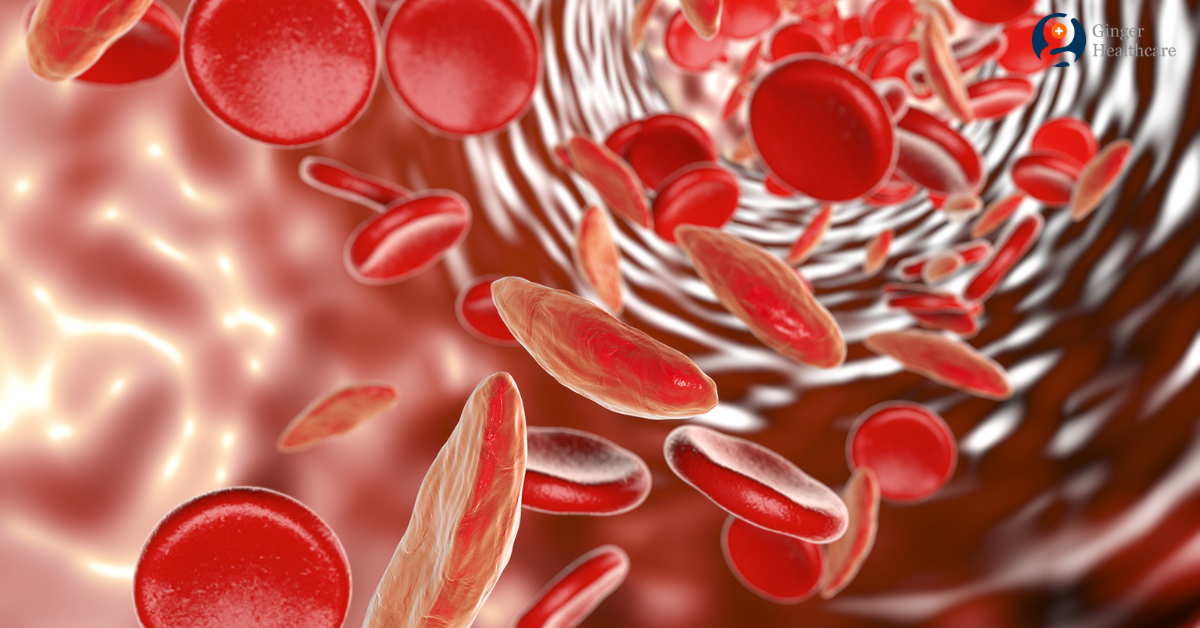

Oxidative stress, which causes hemolysis via the auto-oxidation of HbS, can result in damage to the erythrocyte cell membranes, which is both a cause and an effect. Hemolysis is primarily extravascular, caused by macrophage phagocytosis however, approximately one-third is intravascular. The lifespan of sickled red blood cells is reduced by 75%, and the cells are extremely unstable. The permanent sickling of red cells is caused by further deformation of their membranes and dehydration. The result is a decrease in cellular hydration and accelerated hemolysis, which romotes the early apoptosis of red blood cells. HbS polymerization disrupts the normal lipid bilayer and proteins of red cell membranes. The lengthening polymer fibers deform red cells, reducing their flexibility and affecting rheology, finally resulting in vaso-occlusion. 7 HbS polymers form long strands very quickly. Furthermore, excessive concentrations of HbS, aberrant Gados channel activity resulting in dehydration, and recurrent injury to erythrocyte membranes all enhance HbS polymerization. The deoxygenation process that accelerates HbS polymerization occurs as a result of mechanisms such as physiologically high levels of 2,3-diphosphoglycerate (2,3-DPG) and enhanced sphingokinase-1 activity. HbS polymerization is exacerbated by the reduced affinity of HbS for oxygen, and polymerization in turn further diminishes the oxygen affinity of HbS. 6 The affinity of HbS for oxygen is lower than that of HbA. HbS polymerization is an exceptionally dynamic process. Sterile inflammation has recently been characterized as a fourth mechanism. 4 Three key pathophysiological mechanisms-polymerization of HbS, vaso-occlusive phenomena, and endothelial dysfunction mediated by hemolysis-have been found to drive the clinical picture of SCA. 4 HbS polymerization alters the form and physicochemical features of red cells, leading to hemolytic anemia and the obstruction of blood flow (vaso-occlusion), which can harm any organ. Although vaso-occlusion is a complex process, the polymerization of HbS is a critical event in the pathophysiology of SCA. Vaso-occlusive pain crises are the most characteristic complication of sickle cell anemia (SCA). Organs including the brain, bones, lungs, spleen, and liver can be severely damaged during crises, with substantial morbidity and mortality.

2 HbS polymerization causes erythrocyte sickling, leading to vaso-occlusion and episodes of ischemia, referred to as crises.

1 Because of a single base-pair point mutation (GAG to GTG) in the beta-globin gene, the amino acid glutamic acid (which is hydrophilic) is replaced by valine (which is hydrophobic) at position 6 of the beta-globin molecule, resulting in the formation of HbS.

The mutation results in the formation of sickle hemoglobin (HbS), which has the unique feature of polymerizing on deoxygenation. Sickle cell disease (SCD) is caused by a mutation in the gene that encodes the beta-globin chain of the hemoglobin molecule.


 0 kommentar(er)
0 kommentar(er)
